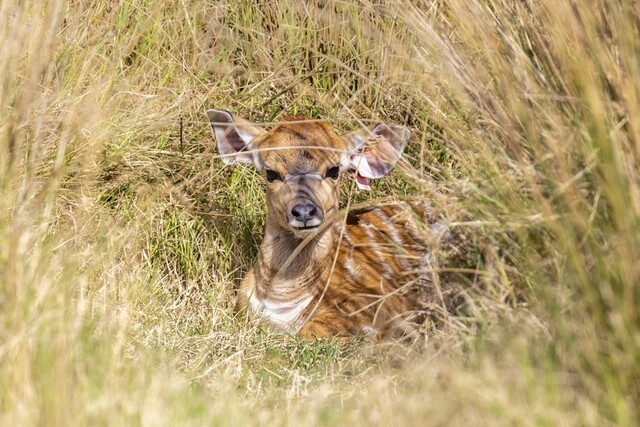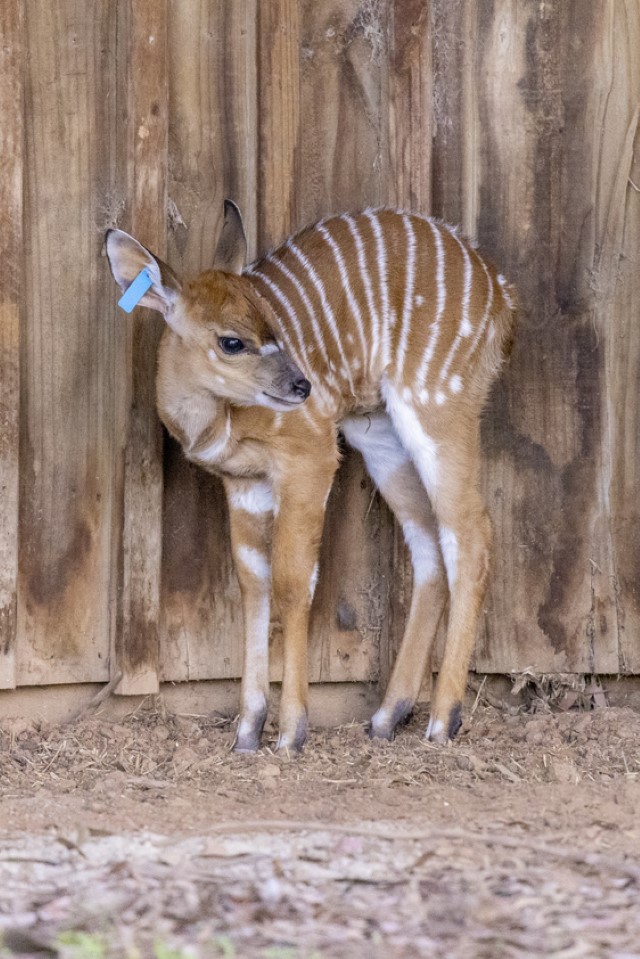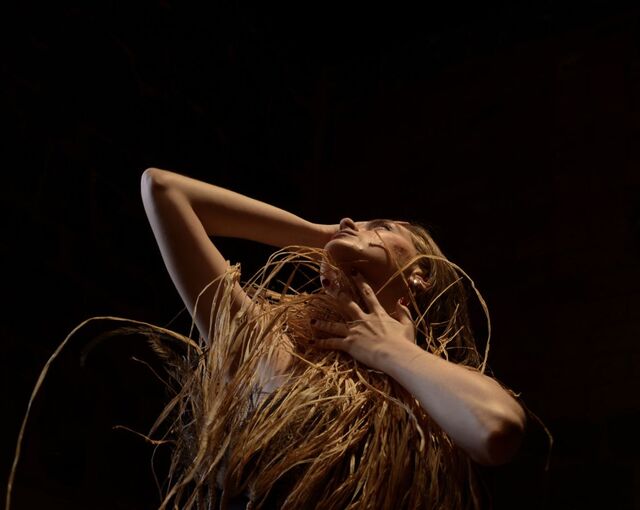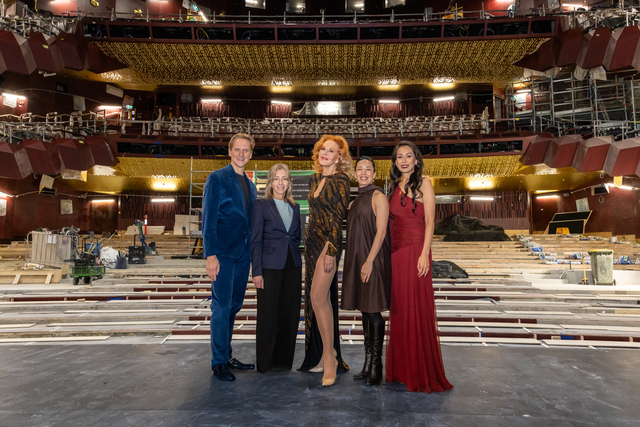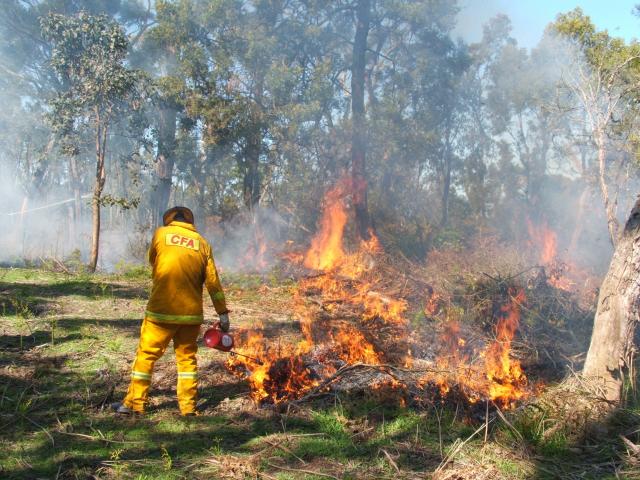If you look carefully, you might spot some very big ears poking through the long grass at Werribee Open Range Zoo’s Savannah.
The ears belong to four precious Nyala calves – a spectacular and mysterious species of antelope – recently born at the zoo.
Werribee Open Range Zoo Savannah keeper Katie Jones said the tiny calves are difficult to spot because they spend their first few weeks separated from the herd.
“After the calves are born, the mothers use a behaviour called ‘stashing’ where they hide them in long grass or at the base of trees to protect them from potential predators,” Ms Jones said.
“The mothers come every day to feed the calves when they think the coast is clear, and the calves re-join the rest of the herd when they’re old enough.”
Nyala are a shy species of antelope that prefer to dwell in dense forest areas in order to camouflage.
Ms Jones said the striking white vertical stripes that run down their shimmering chestnut fur are what makes them so unique.
“They’re not the best runners and have a bit of an awkward gait, so to camouflage they rely on the dappled sunlight casting patterns similar to the stipes and dots on their backs.
“It can take quite a lot of looking through the trees to see them and even zookeepers struggle sometimes.”
Lowland nyala are a medium-sized antelope native to south-eastern Africa. Males can be identified by their large spiralling horns. Scientists estimate nyala have lived for over five million years, making them older than humanity.

